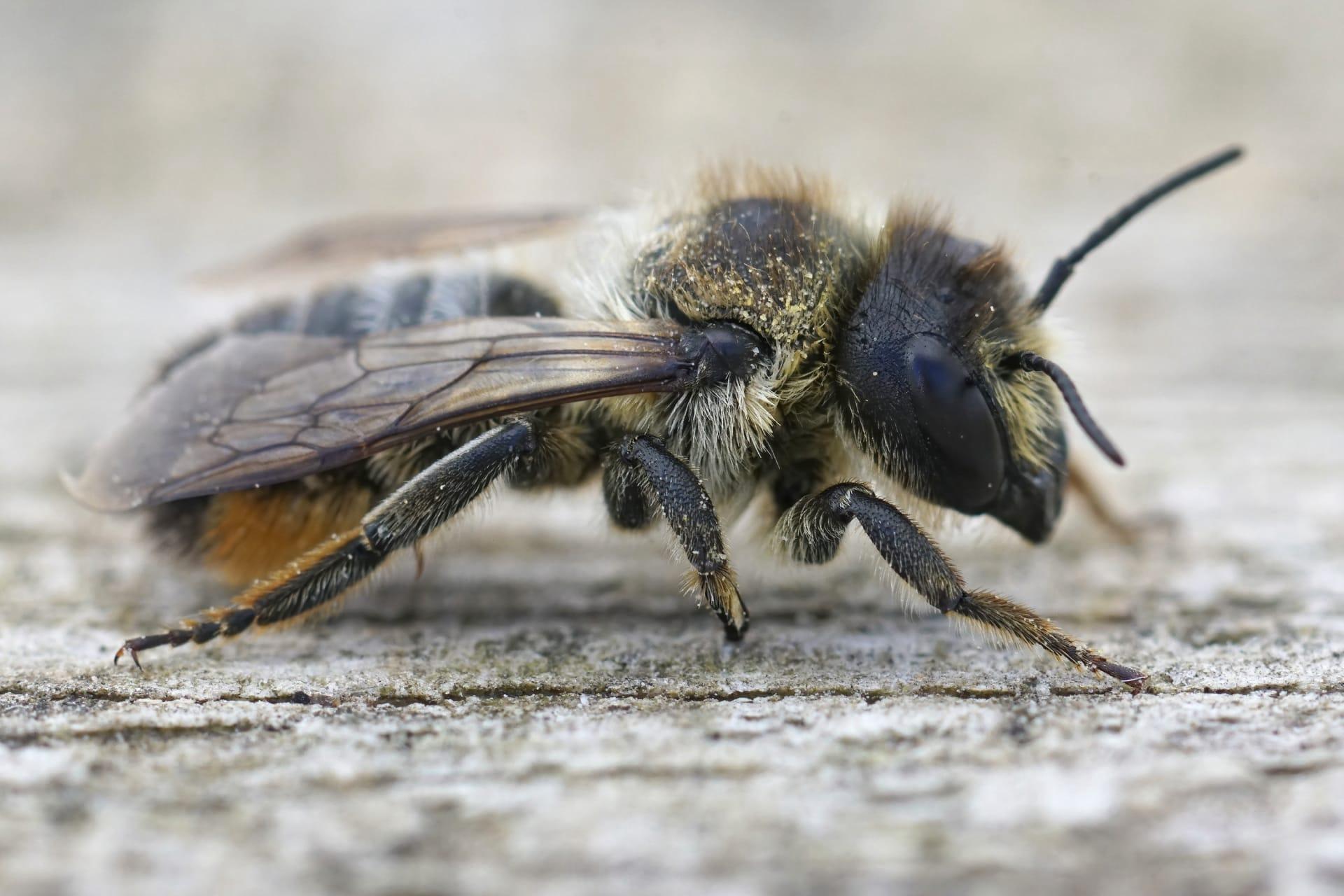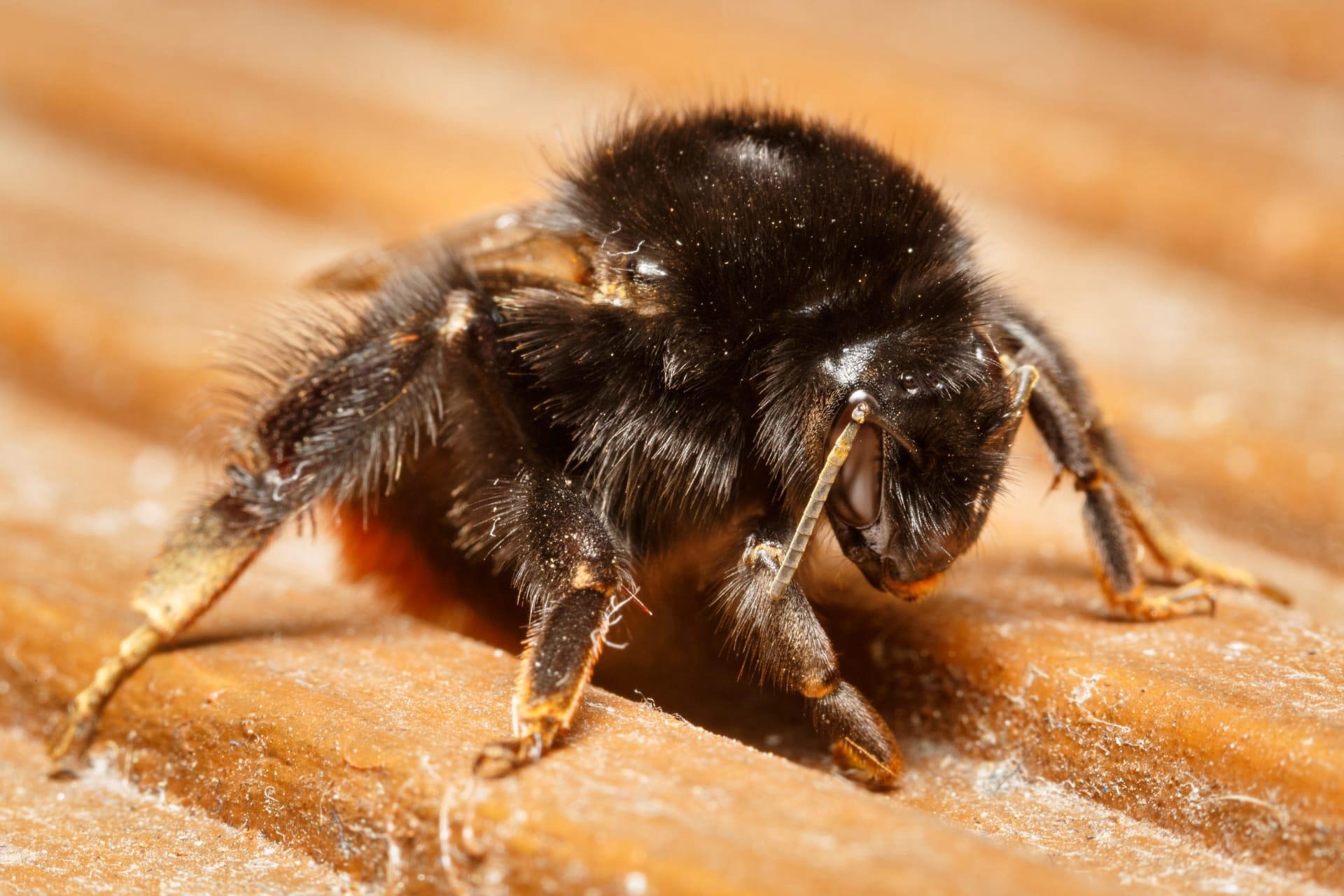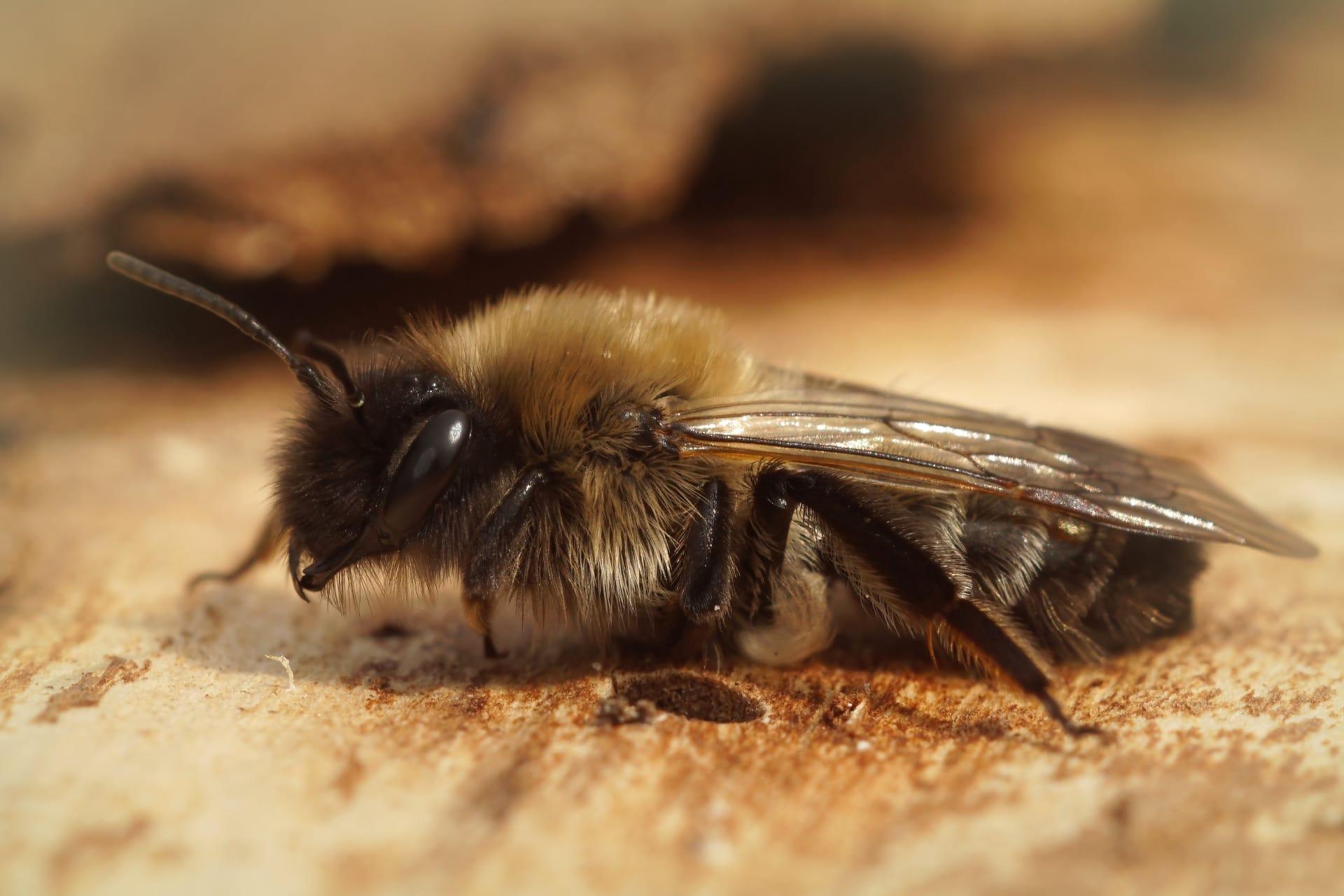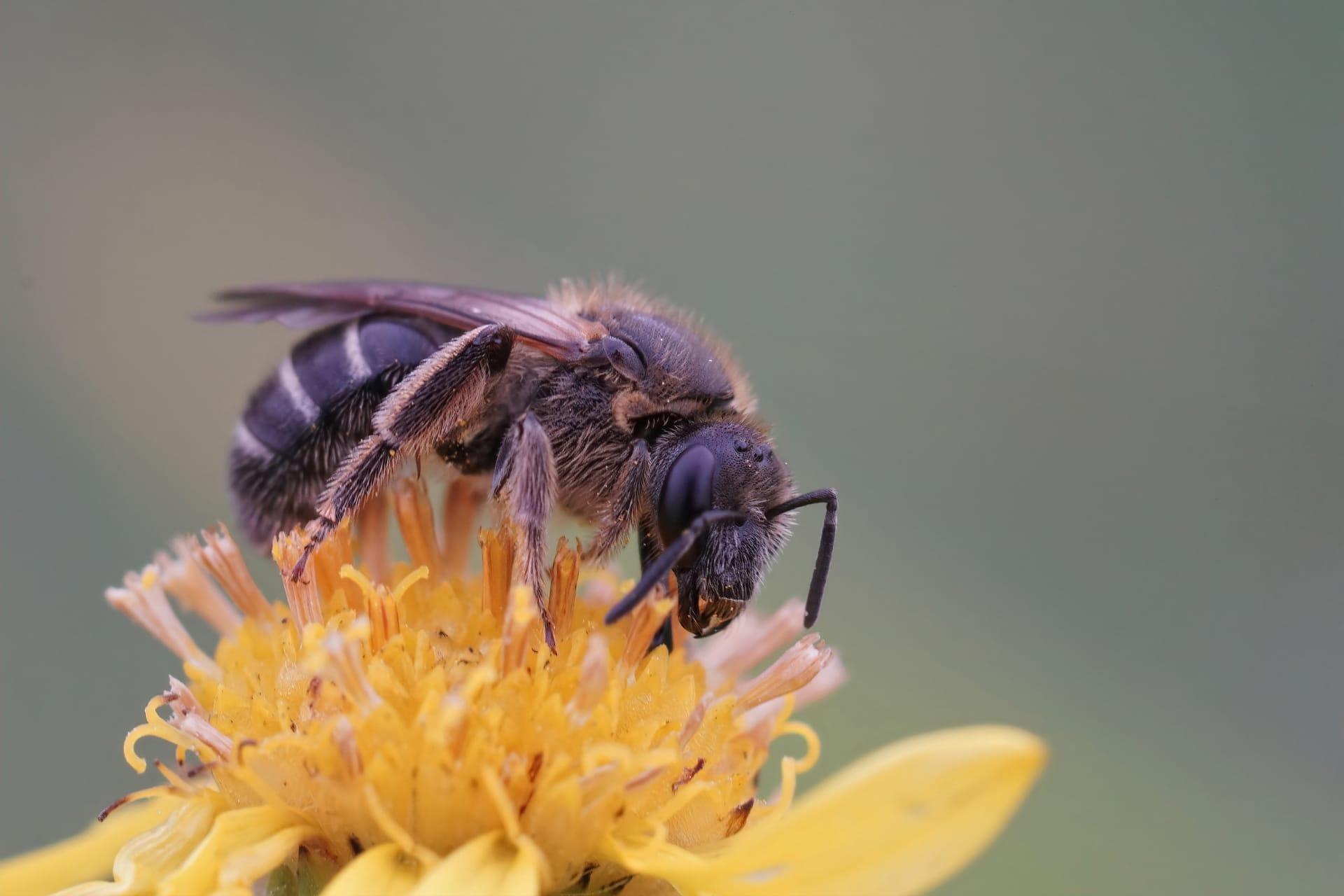Big Black Bee Trivia
- Home /
- Trivia Question /
- Animal /
- Big Black Bee Trivia
1
Question: How large can a Big Black Bee grow, and what distinguishes its appearance from other bees?
Answer: Big Black Bees, often called Carpenter Bees, can reach sizes of about 1 inch (2.5 cm) in length. They have a distinctive shiny, black appearance, with sparse hairs on their bodies compared to the more furry look of bumblebees. Their wings have a slight violet hue, especially visible under direct sunlight.
Question: What is the lifespan of a Big Black Bee, and does it differ between males and females?
Answer: The lifespan of a Big Black Bee typically ranges from several weeks to a few months. Males generally live a shorter life, often around 1 month, as they die shortly after mating. Females, however, can live up to a year, as they are responsible for nesting and raising the next generation.

2
Question: Are Big Black Bees aggressive and do they pose a stinging threat to humans?
Answer: Contrary to common belief, Big Black Bees are not aggressive. The females can sting but rarely do unless provoked or handled. Males, which are often seen hovering around people and objects, lack stingers entirely and pose no stinging threat.
Question: Do Big Black Bees cause significant damage to wood structures, as is often assumed?
Answer: While they do bore holes into wood to create nests, the actual damage caused by Big Black Bees to wooden structures is minimal and not structurally significant. They prefer weathered or unpainted wood and can be deterred by painting or staining wood surfaces.

3
Question: What do Big Black Bees eat, and how do they contribute to the environment?
Answer: Big Black Bees primarily feed on nectar and pollen from flowers. They play a crucial role in pollination, especially for open-faced flowers. Their method of buzz pollination, vibrating their bodies to shake loose the pollen, is particularly effective for certain types of plants.
Question: How do Big Black Bees reproduce, and what is unique about their nesting habits?
Answer: Females lay eggs in wooden tunnels that they create. They partition each egg into its own cell with a food supply of nectar and pollen. Unlike honeybees, they do not live in colonies but are solitary. Each female bee tends to her own nest, demonstrating a unique approach to offspring rearing in the bee world.

4
Question: How do Big Black Bees interact with other bee species, and do they affect local bee populations?
Answer: Big Black Bees are solitary and generally do not interact aggressively with other bee species. They coexist peacefully and don't significantly impact the populations of other bees. Their presence contributes to a diverse and healthy bee community in their habitat.
Question: What are the main predators of Big Black Bees, and how do they defend themselves?
Answer: Main predators include birds, particularly bee-eaters, and certain insects like dragonflies. To defend themselves, Big Black Bees rely on their ability to quickly fly away and their inconspicuous nesting habits, often hiding their nests in hard-to-find spots.

5
Question: Are there any significant environmental threats to Big Black Bees, and what conservation measures are in place?
Answer: Habitat loss and pesticide use are significant threats to Big Black Bees. Conservation efforts focus on promoting bee-friendly gardening, reducing pesticide usage, and protecting natural habitats. Encouraging the growth of native plants and providing unpainted wood surfaces can also help support their population.
Question: Can Big Black Bees coexist with humans in urban environments, and what practices encourage their presence?
Answer: Yes, Big Black Bees can thrive in urban settings, provided there are sufficient floral resources and nesting sites. Planting a variety of flowers, especially native species, and avoiding pesticides in gardens are effective ways to encourage their presence in urban areas. Also, providing small wood blocks for nesting can attract them to home gardens.